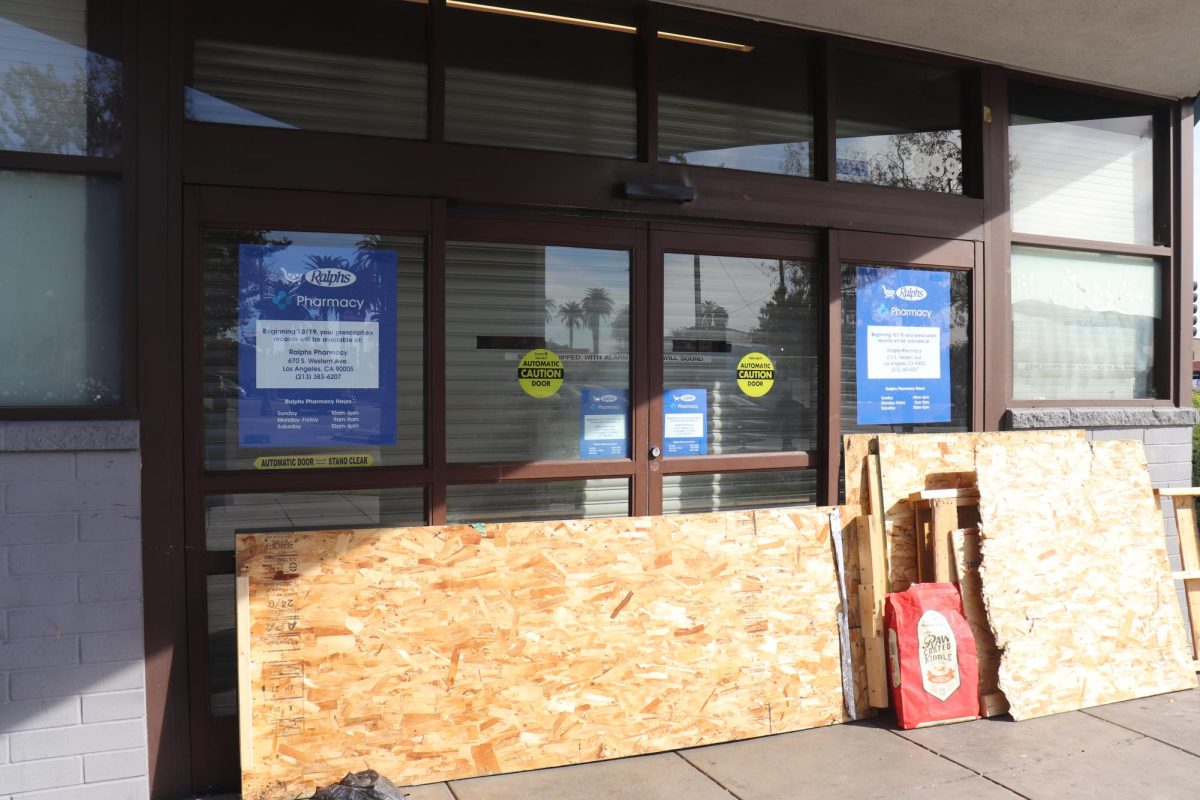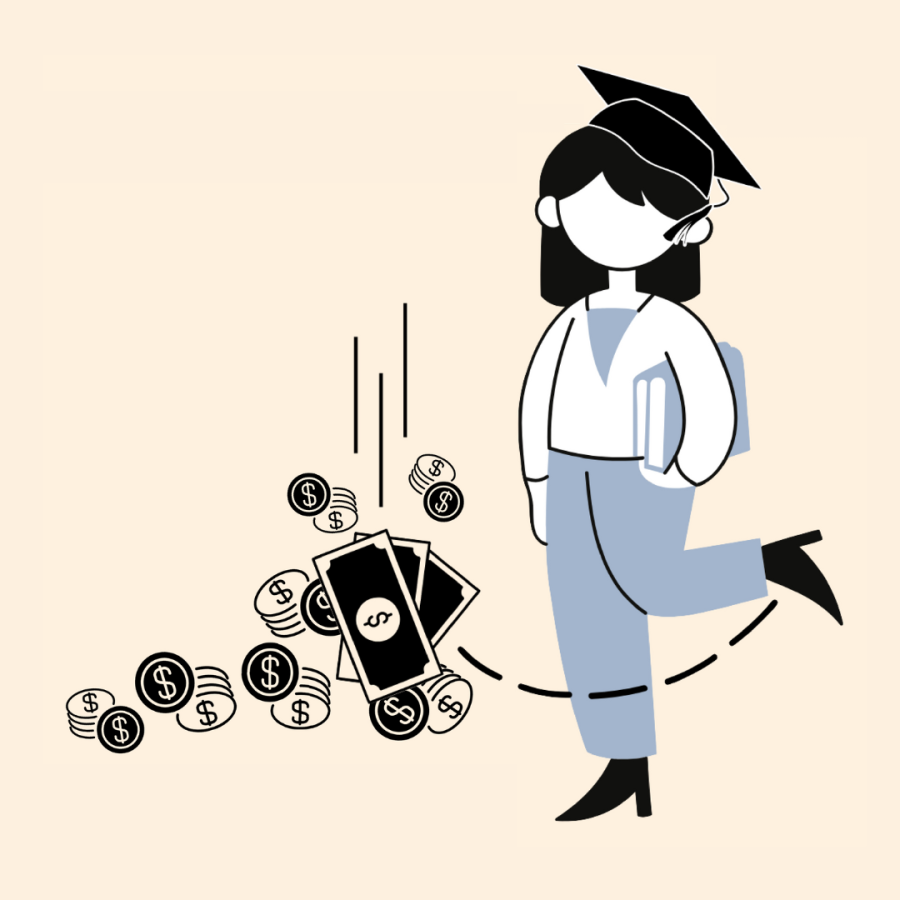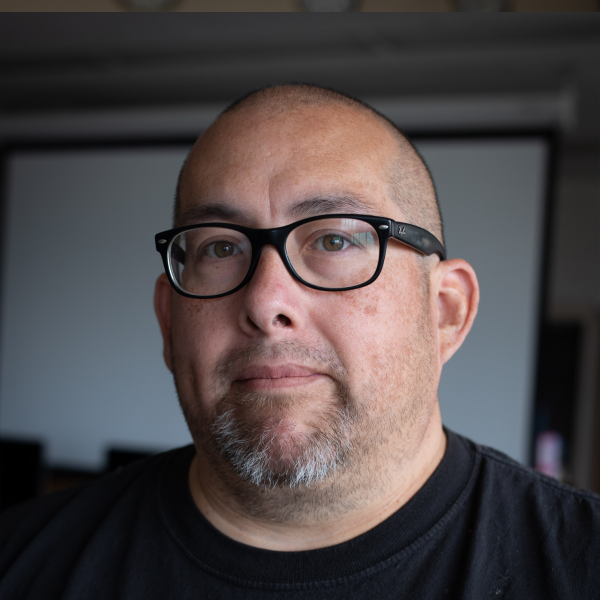With over 930 million users across more than 200 countries worldwide, LinkedIn has proven itself to be a professional networking juggernaut since it was first introduced by Reid Hoffman and others in 2003. But even two decades later, engagement from college students is still sparse.
According to a recent report published by LinkedIn, only 8% of the platform’s total users were college students or recent alumni. Although LinkedIn is more business than leisure, which would inevitably limit the types of posts and interactions, this number falls on its face compared to other social media platforms. Educational marketing agency Pepperland Marketing stated that 85% of college students are on Instagram.
Maxine Torres is a third-year student at Cal State LA who was unfamiliar with LinkedIn and feels that teens should have an understanding of the platform before going to college. She hopes that a degree in psychology will land her a career as a speech pathologist.
“In high school, they don’t really teach you those things, how to network and promote yourself,” Torres said. “But opportunities like that are great, because not a lot of people know how to build a resume or what an employer looks for.”
Torres’ unfamiliarity doesn’t stand alone, and she touches on a valid point. Most high school students have never used LinkedIn and oftentimes it isn’t until a career is considered in college that young people join the platform. Only 9% of high school students use LinkedIn, as of a 2018 report by the Pew Research Center, a nonpartisan think tank.
On Sept. 21, the career center hosted “LinkedIn Latte,” a workshop that helps students fine-tune their professional portfolio while taking in the season with iced pumpkin spice lattes, the ultimate incentive. Career Advisor Diana Contreras walked nearly 20 students through an informative PowerPoint presentation that touched on the platform’s functions and how to attract recruiters.
A big difference between LinkedIn and other social media sites is connecting with people. While other platforms like Instagram and Twitter allow people to follow peers and celebrities freely, LinkedIn is much more formal, and followers don’t come as easily.
The LinkedIn study noted that as social media has always been separate from business, younger people are less acquainted with connecting with other professionals and maintaining a professional portfolio.
Computer science major Joseph Acosta learned about LinkedIn through a mentorship program offered by the Association for Computing Machinery (ACM) and described the platform as “Instagram for the business world.”
Although he isn’t too active on the site, the second-year student is grateful for ACM’s guidance, which he believes taught him how to sell himself to employers.
“I feel like it far exceeds the reach of stuff like Instagram, Facebook and Twitter,” Acosta said. “Nowadays recruiters don’t just want someone who knows how to do the job, they also want someone who communicates and knows how to lead a conversation.”
After building his profile, an employer reached out to Acosta and offered him a job as an insurance agent. He believes that a full resume and professional portfolio makes a considerable difference when trying to get a hiring manager’s attention.








